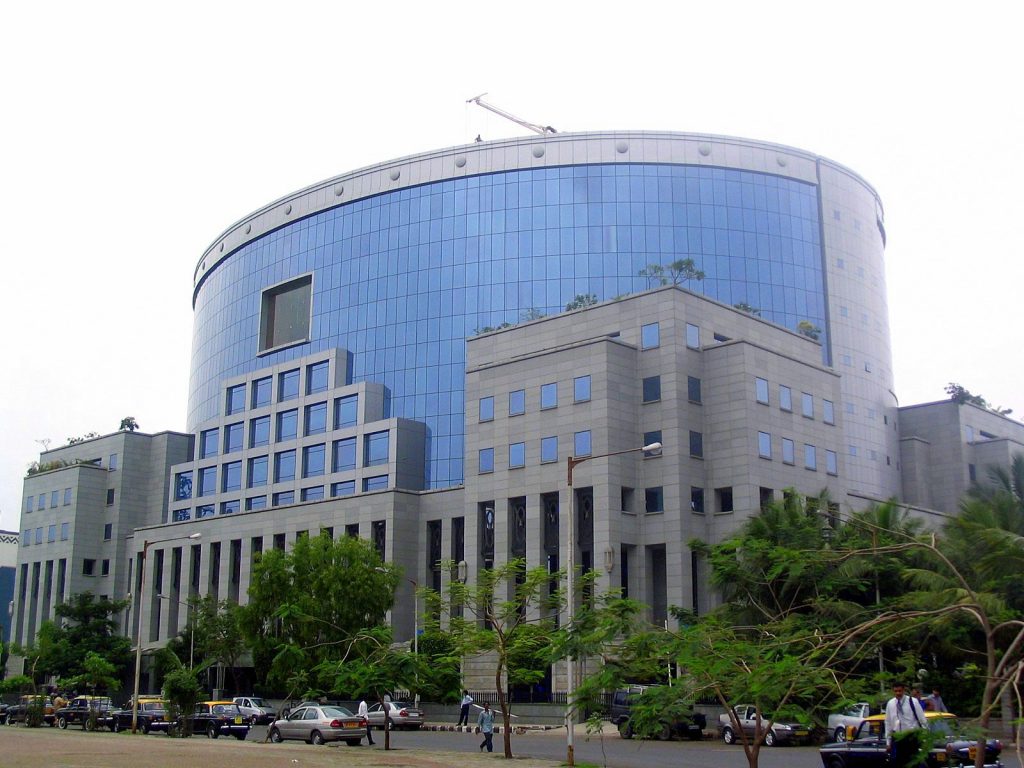The market for real estate is massive in India. This industry is believed to generate the second-highest employment, after the agriculture domain. It is also estimated that this industry will acquire more non-resident Indian (NRI) investment, both short-term as well as on a long-term basis. Among the metropolitan cities, Bengaluru is projected to be the most preferred property destination for NRIs, followed by Ahmedabad, Pune, Chennai, Goa, Delhi, and Dehradun.

With a growing market, top banks in India are introducing Lease Rental Discounting (LRD) for commercial real estate firms in India. Let’s take a look at what LRD is and why it has become popular in India:
What is Lease Rental Discounting (LRD)?
Lease Rental Discounting (LRD) is a tool that is used to get loans sanctioned from banks by making use of rental receipts as collateral. The bank will inspect the long-term cash flow and offer the loan based on the same amount. The loan is then owed by the rents promised.
Variables Considered by Bank When Offering Loan
To assess if you’re eligible for Lease Rental Discounting (LRD), the bank will examine numerous elements which comprise of:
• Worth of your property
• Your position to repay
• Other possessions you own
• Liabilities that could happen
How does Lease Rental Discounting (LRD) Run?
Lease Rental Discounting (LRD) loans function on the basis of rental properties being owed a fixed amount of rent. Tenants agree to a lease agreement with the owner of the property. This arrangement commands a regular payment, referred to as rent. The property owner can make use of rental receipts that are made for the lease period as collateral while requesting a loan.
This procedure is streamlined as rent and is dispatched directly to the bank as EMI instead of reaching the owner. Every bank has its own condition when it comes to the amount of the loan against property. But, on average, you can acquire up to 70% of the property estimate in the loan amount.
Why is it Growing in India?
The popularity for Lease Rental Discounting (LRD) has been rising in India because the price at which commercial property developers borrow loans making use of rental receipts from lease contracts as collateral – have gone as low as 6.5% below this decade due to the surplus liquidity with banks that faced issues in dispatching credit during the Covid-19 pandemic.
Overall, the rates for Lease Rental Discounting (LRD) have dropped up to 200 bases points in the last 18-24 months. According to real estate fund managers and investment bankers of India, for the first time in several years, they have gone beneath the capitalization (cap) rate in the nation.
Benefits of Lease Rental Discounting (LRD)
Expansion of Business
This property owner can go ahead and further invest in property by making use of the loan sanction from Lease Rental Discounting (LRD).
Tax Benefits
Tax deductions are available by possessing additional property.
Balanced Cash Outflow
The borrower can gain from a balanced cash flow as EMIs can be repaid using the rent money payable by tenants. The money received in a loan offers additional revenue via investments.
Low Capital Expenditure
The capital acquired from the bank loan significantly aids in decreasing personal expenditure when spending on more businesses or properties.
For more CRE industry insights and data research do Contact us.

